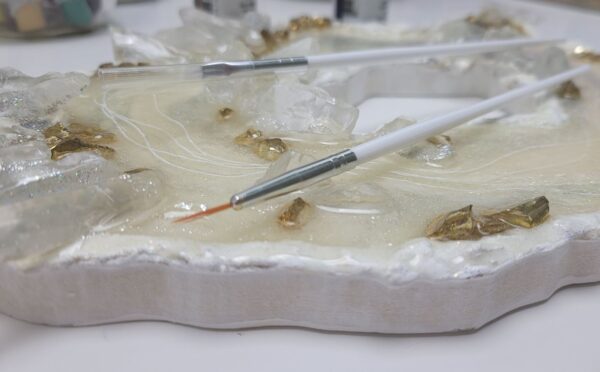How To Use Epoxy Resin: 25 tips
Our complete guide for how to use epoxy resin. Welcome, resin enthusiasts! If you’ve ever found yourself captivated by the mesmerizing allure of epoxy resin creations, you’re in for a treat.
This article is your go-to guide for some tips when using epoxy resin. Get ready to dive into a world where creativity knows no bounds, as we tell you our tips for working with resin.
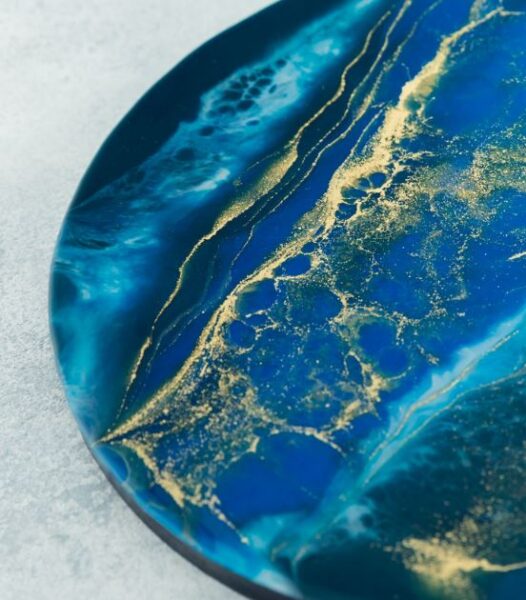
These tips are here to make your resin creations a whole lot smoother. From new techniques to insider insights, consider this your go-to guide as you learn to work with UV resin and epoxy resin.
Let’s go through this list together to help you with your resin ideas.
How To Use Epoxy Resin
1. Choose The Right Epoxies
The success of your resin project begins with selecting the appropriate epoxy resin. Take the time to research and choose a resin that aligns with your specific project requirements.
Consider factors such as curing time, UV resistance, and clarity. Some resins are better suited for certain applications. Understanding the unique characteristics of your chosen resin will set the foundation for a successful outcome.
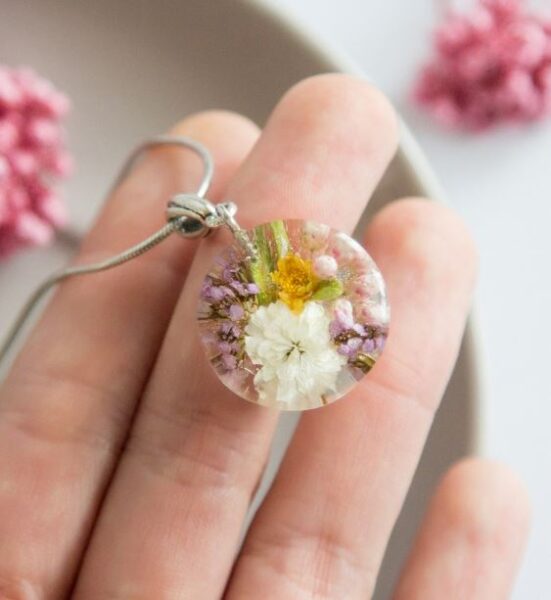
So how does resin work? For instance, the best resin for flowers or epoxy resin for general crafting projects might be different from the needs of someone who has a project with deep pours.
And if you are using resin to cover artwork to make it glossy, the right resin will be UV resistant to avoid the resin yellowing over time.
Some of the easiest resin for beginners is UV resin. For jewelry, you might want epoxy resin, but there are also UV resin options for jewelry making that might work better since it cures under a lamp.
2. Measure resin Accurately
Precision is paramount when working with epoxy resin. Invest in a reliable digital scale to measure both the resin and hardener accurately if the epoxy is by weight.
And if the epoxy resin is by volume, make sure you have silicone measuring cups that have the quantities on them for accurate measuring.
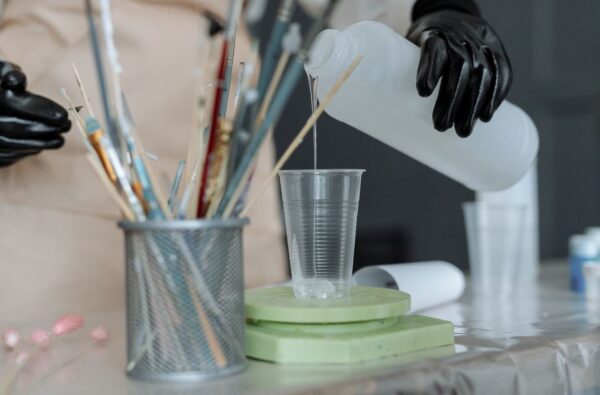
The correct ratio is crucial for the resin to cure properly and maintain its structural integrity. Even a slight miscalculation can lead to issues such as incomplete curing or a weakened final product.
Inaccurate measuring is one of the top reasons why resin is not curing properly. See our guide on the most common resin problems.
3. Mix resin Thoroughly
The process of mixing resin and hardener is not one to rush. Take the time to stir the components slowly and thoroughly.
Always follow the instructions for the type of resin you are using. Each brand has their own formulas and they are not always the same.
For example, one brand might have a three minute mixing time, another might have 5 minutes.
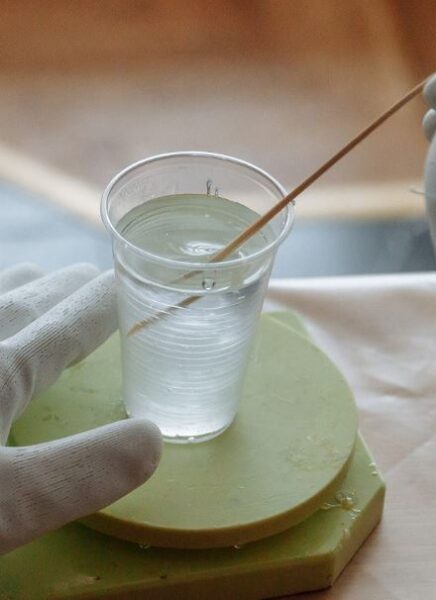
Make sure that there are no streaks or unmixed portions in your mixture.
A well-mixed resin not only contributes to a stronger final product but also gives a uniform appearance without uneven curing or inconsistencies.
4. Use A Clean Workspace
Maintaining a pristine and dust-free workspace is helpful for achieving quality resin creations. We all know how resin attracts dust and lint!
Before starting a project, wipe down all tools, surfaces, and molds to eliminate any potential contaminants.
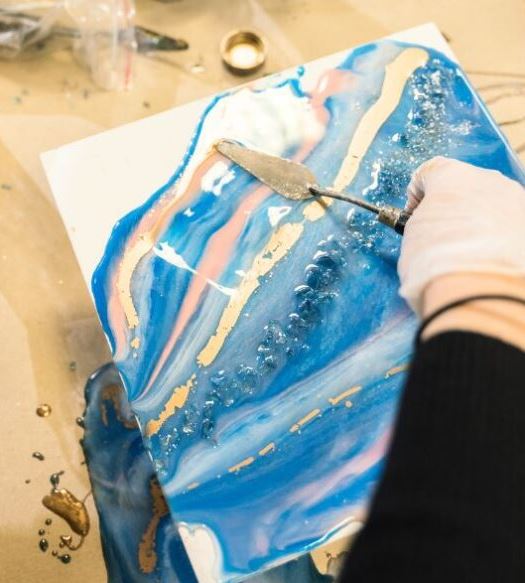
This attention to cleanliness minimizes the risk of dust or particles compromising the quality of your resin piece. Do you really want hairs and fibers in your resin?
5. Temperature Matters
Pay careful attention to temperature guidelines provided by the manufacturer. Epoxy resin cures optimally within a specific temperature range.
Extreme temperatures can impact the resin’s viscosity and curing time.
Working within the recommended temperature range will help your resin cure smoothly and achieves its intended strength and clarity.
If you are using epoxy resin in an unheated garage, that may result in resin that gets dimples or does not cure properly.
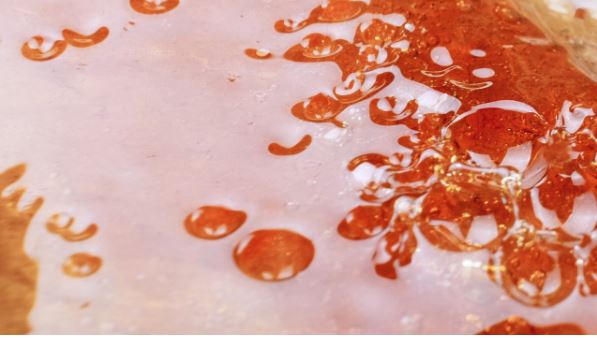
6. Prevent Air Bubbles
Minimizing the presence of air bubbles in your resin is crucial for achieving a professional finish.
To accomplish this, stir the resin gently to reduce the introduction of air during the mixing process.
Additionally, consider using a heat gun or torch to eliminate surface bubbles. Working in a warm environment further aids in preventing air entrapment during the curing process.
You can also use a bubble remover chamber for resin to help remove the bubbles on smaller items. We have a whole article dedicated to how to remove bubbles from resin with helpful tips.
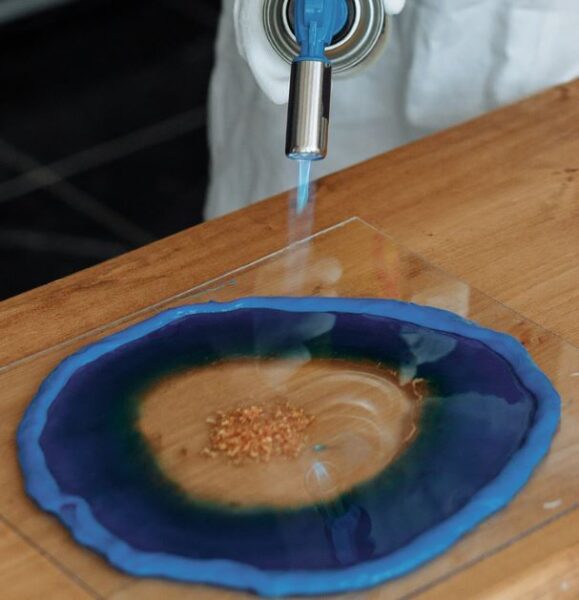
7. Stabilize Wood Before Resin Application
When working with porous materials like wood, take the extra step to stabilize the surface before applying resin.
This will help it so air bubbles do not escape through the wood during the curing process, resulting in a smoother and more flawless finish.
One of the most popular brands is Cactus Juice. It will stabilize resin effectively and hardens soft woods, making them more durable and resistant to moisture.

8. Create A Level Surface
Achieving a level surface is essential for preventing the epoxy resin from pooling or curing unevenly.
Use a leveling tool or adjustable supports so your working surface is perfectly flat.
A level surface not only contributes to the professional appearance of your project but also helps in achieving consistent resin thickness throughout.
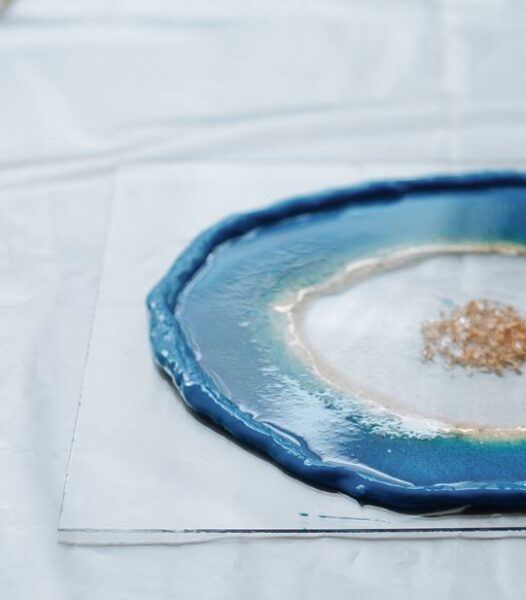
9. Add Pigments And Dyes Slowly
Introducing color to your resin requires a gradual approach. Begin by adding a small amount of pigment or dye and increase gradually until you reach the desired hue.
This is especially important for large batches so that you do not ruin the ratio. Read up about using the proper ratios of powdered pigments to resin.
This careful method allows for better control over color intensity, preventing over-pigmentation and ensuring a visually appealing result in your final resin piece.
We have some helpful guides on the best colorants for resin and how to use mica powder in resin.
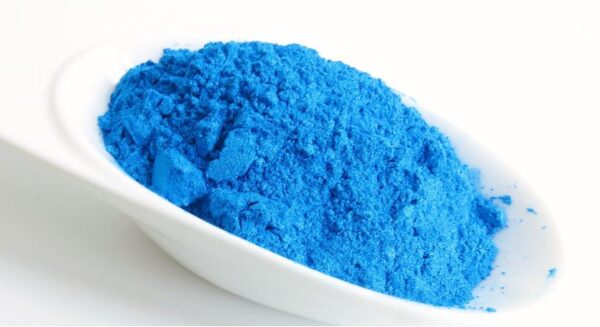
10. Experiment With Resin Layering
Elevate the visual appeal of your resin projects by experimenting with multiple layers.
Allowing each layer to cure completely before adding the next prevents color bleeding and helps with distinct, well-defined layers.
This process is used for making those cool 3D fish displays that you see. The artist will pour a layer of resin, and then paint on the cured resin with acrylic paints, then pour another layer. This process takes a long time and the results are amazing.
This technique adds depth and visual interest to your creations, transforming them into dynamic and captivating works of art like the photo below from this talented artist on Etsy.

11. Epoxy Temperature Range
Exercise caution with heat sources during the resin curing process. Overheating can lead to discoloration or cracking of the resin. It’s important to know the resin curing temperature of the brand you are using.
Follow the specified guidelines on the maximum heat resistance of your chosen resin and use heat sources judiciously to achieve a successful and aesthetically pleasing cure.
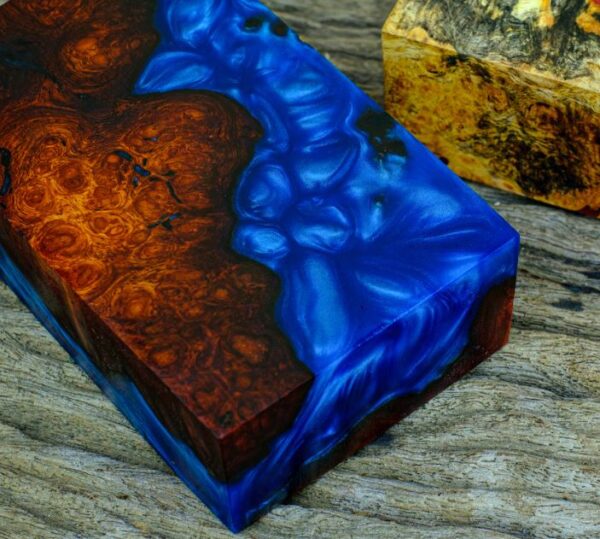
If you need to know what temp does resin cure, the best way is to contact the brand you have ordered from as they are all formulated differently. Epoxy temperature range can vary quite a lot so there is no one answer for this.
A typical temperature for epoxy resin to cure is about (22-24°C) 72-74°F.
Read our complete guide about why resin is getting hot.
12. Use Molds And Forms
Invest in high-quality molds to achieve consistent shapes and sizes in your resin projects. The right molds like silicone makes it easy to clean epoxy resin out of the mixing cups.

Applying a mold release agent before pouring resin not only facilitates easy demolding but also preserves intricate details in the mold.
If you are having problems with resin sticking or not releasing from the mold properly, check out our hacks on how to get resin out of molds.
13. Cover Your Work
While your resin is curing, take the proactive step of covering your project with a dust-free container or a large box.
This precautionary measure prevents dust and debris from settling on the resin surface during the critical curing phase.
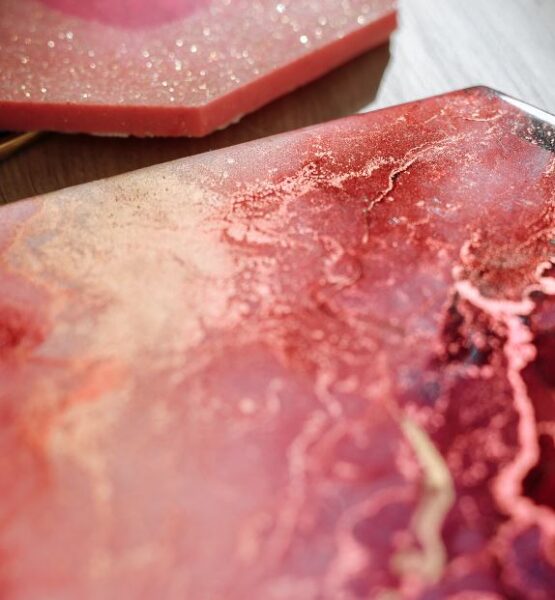
A covered work area contributes to the overall cleanliness and quality of your finished resin piece.
14. Sand Between Layers
For multi-layer projects, incorporate a step of light sanding between cured layers. This practice creates a slightly rough surface, promoting improved adhesion between layers.
By enhancing the bond between layers, you contribute to an overall smoother finish in the final resin piece, achieving a polished and professional appearance.
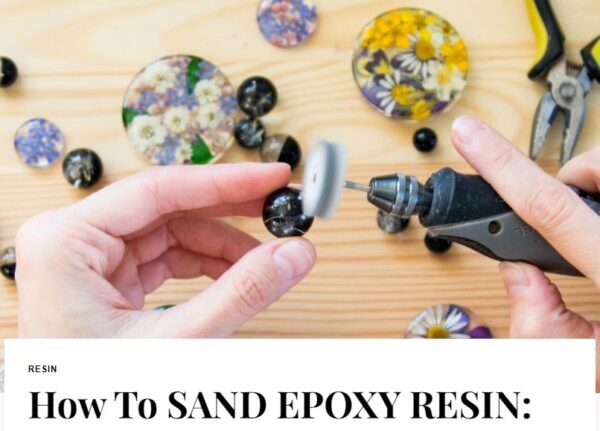
PRO GUIDE: How to sand epoxy resin
15. Add Inclusions Creatively
Infuse your resin projects with personal flair by experimenting with inclusions.
Embedding objects like dried flowers, photos, or small trinkets into the resin adds a unique and artistic touch.
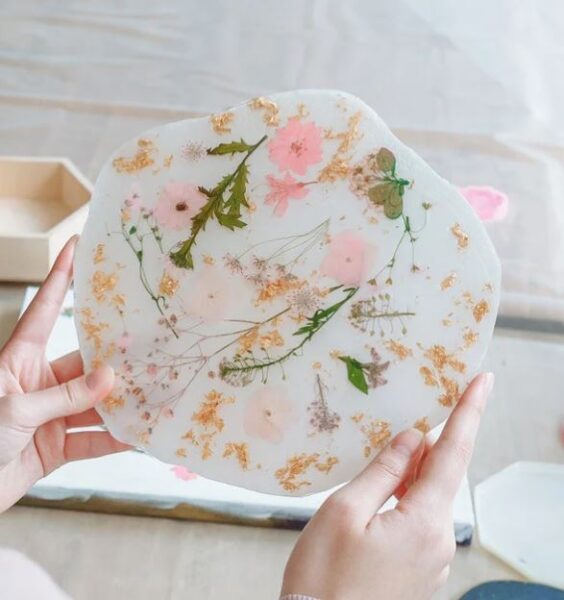
This creative technique allows you to customize your creations and make them truly one-of-a-kind.
16. Plan For Drying Time
Patience is a virtue when working with epoxy resin. Different resins have varying curing times, so it’s crucial to plan your project timeline accordingly.
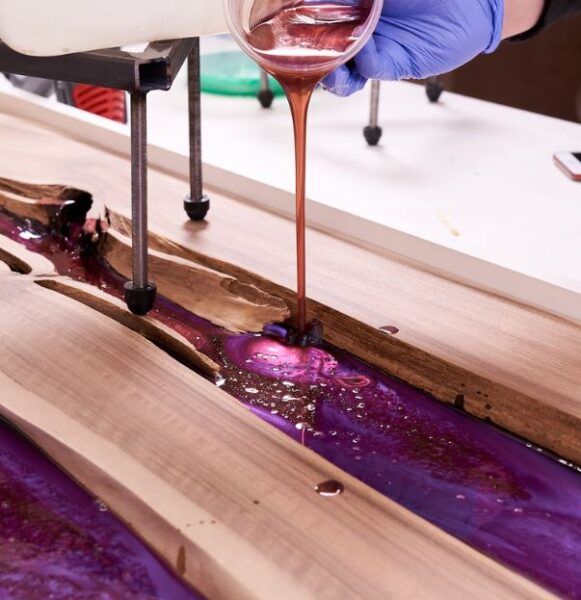
Resist the temptation to touch or demold too soon, as premature handling can result in fingerprints or surface imperfections.
17. Protect Yourself
Prioritize safety by wearing appropriate personal protective equipment (PPE) when working with epoxy resin.
This includes gloves and a mask to safeguard against skin contact and inhalation of potentially harmful fumes. Ensuring your safety allows you to focus on the creative process with peace of mind.

18. Clean Up Spills Immediately
Accidents happen, but swift action can mitigate their impact. Wipe off any resin spills or drips before the resin cures.
This cleanup prevents unwanted bumps or imperfections on your project, maintaining the smooth and professional finish of your resin piece.
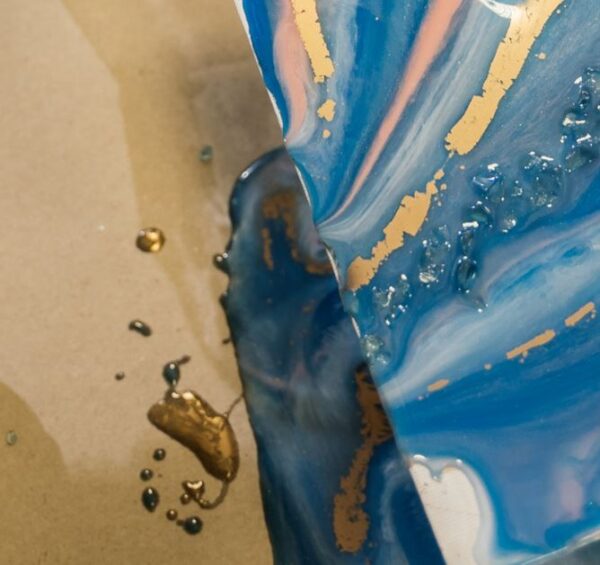
19. Experiment With Textures
Experimenting with textures in your resin projects is so much fun. Use tools like brushes or sponges to create unique patterns and surfaces. Or use modeling clays for resin to put creative lines on geode resin art.
You can also use up leftover resin pieces that have cured to embed into different resin projects.
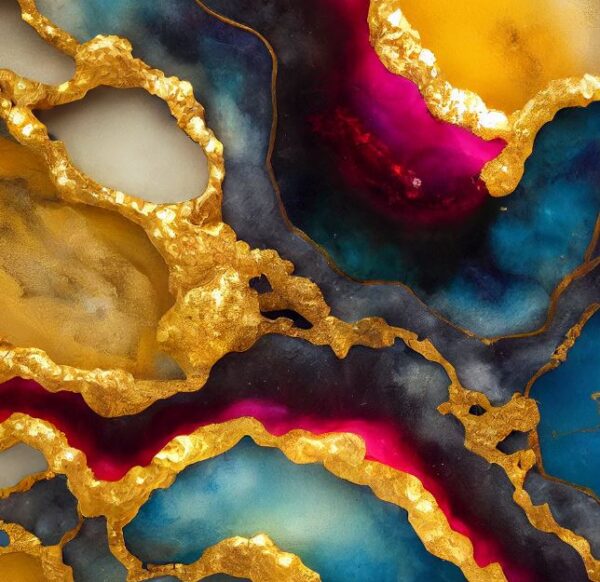
While exploring textures, remain mindful of potential air bubble introduction, ensuring that your creative endeavors result in visually stunning and flawlessly textured resin pieces.
20. Think About Lighting
Consider the final placement of your resin piece when selecting the resin type. If the piece will be exposed to direct sunlight, opt for a UV-resistant resin.
This choice prevents yellowing over time, ensuring the longevity and color stability of your creations.

Generally speaking, it’s best to keep resin creations out of direct sunlight, but that’s not always possible. Especially when working with a resin countertop or table that might get sunlight during the day.
Considering lighting conditions in your resin selection contributes to the lasting quality and vibrancy of your finished projects.
21. Practice Patience With Large Pours
Large resin pours generate more heat during the curing process. To prevent overheating and proper curing, be patient by pouring in stages.
This practice allows for controlled curing, reducing the risk of heat-related issues and contributing to the overall durability and success of your larger resin projects.

For large projects, you will need at least 1 gallon of epoxy resin. Some of the brands that offer epoxy resin 1 gallon kits are Let’s Resin and Beast Bond 1 gallon resin.
22. Check For Imperfections
After demolding, conduct a thorough inspection of your resin project for any imperfections. Identifying minor blemishes early on allows you to fix them right away.
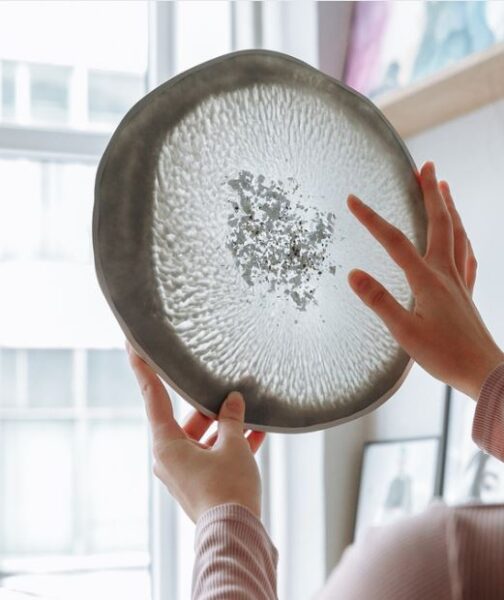
23. Clean Tools Immediately
Resin can be challenging to remove once cured, underscoring the importance of cleaning your tools, mixing utensils, and containers immediately after use.
This approach to tool maintenance helps your equipment last as long as possible and the quality of your resin work. Check out our guide on how to get resin out of mixing cups.
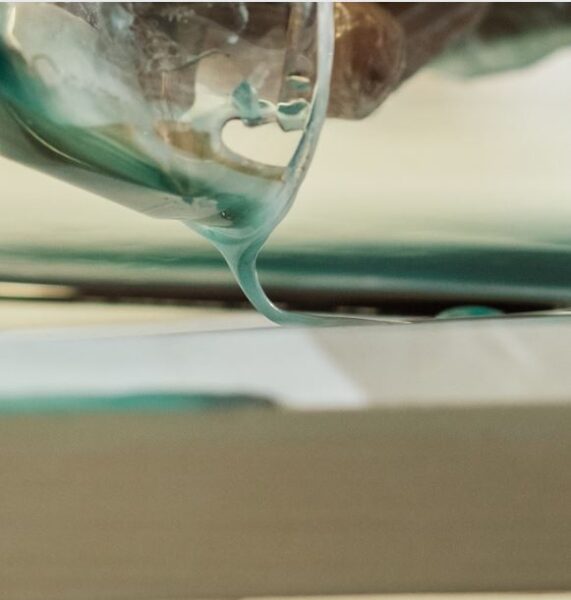
24. Experiment With Epoxy Clay
Broaden your creative horizons by exploring the versatility of epoxy clay. This unique material allows for sculpting and adding intricate details to your resin projects.
Epoxy clay serves as an excellent medium for creating fine details, custom elements, and unique textures, expanding the creative possibilities of your resin work.
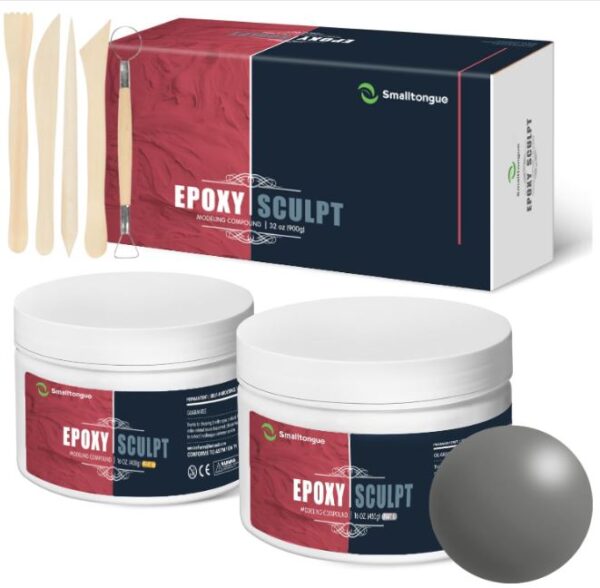
25. Document Your Process
Establish a habit of documenting your resin projects in a detailed journal. Record resin ratios, techniques employed, and outcomes achieved.
This documentation serves as a valuable reference for future projects, enabling you to replicate successful methods and troubleshoot any issues that may arise.
A comprehensive project journal contributes to continuous improvement, skill development, and mastery of the art of epoxy resin crafting.

In Closing: Thank you for taking the time to explore these epoxy resin tips with us!
We hope this guide helps you work with resin and that you learned some new ideas.

Whether you’re a beginner or resin pro, may your projects be filled with creativity, precision, and, above all, a whole lot of fun.
If you ever find yourself in need of more resin inspiration or guidance, remember, we’re just a click away. Happy crafting, and here’s to turning your resin dreams into tangible works of art!
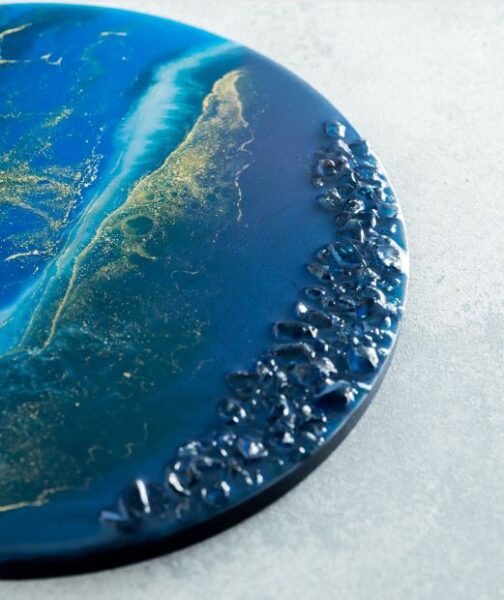



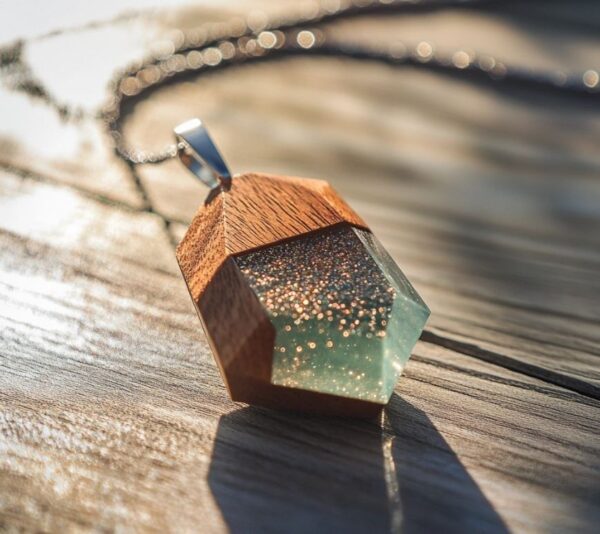
![11 Best Resin Starter Kits For Beginners [2025]](https://craftydiyartistry.com/wp-content/uploads/2023/11/best-resin-kits-for-beginners-cover-600x338.jpg)
![How To Get Resin Off Of Hands & Skin [Don’t Use Chemicals]](https://craftydiyartistry.com/wp-content/uploads/2024/01/how-to-remove-resin-from-skin-cover-600x338.jpg)
